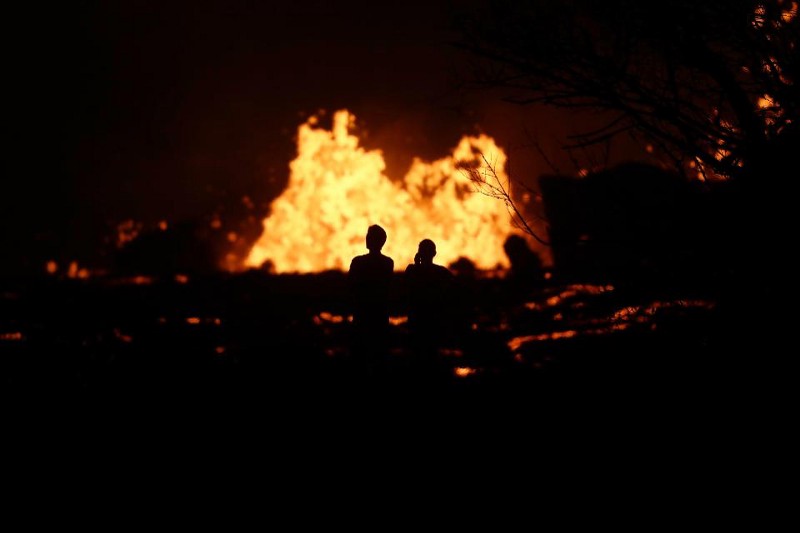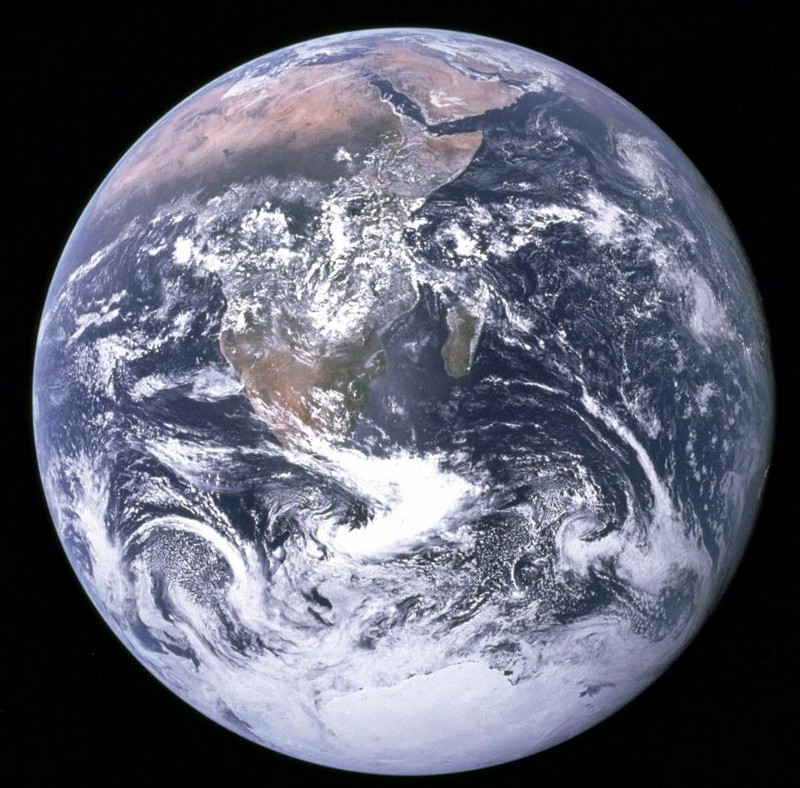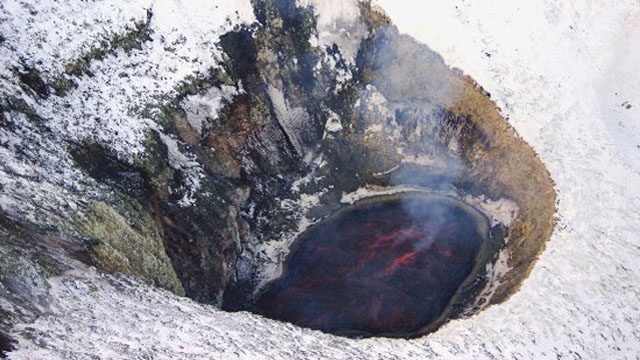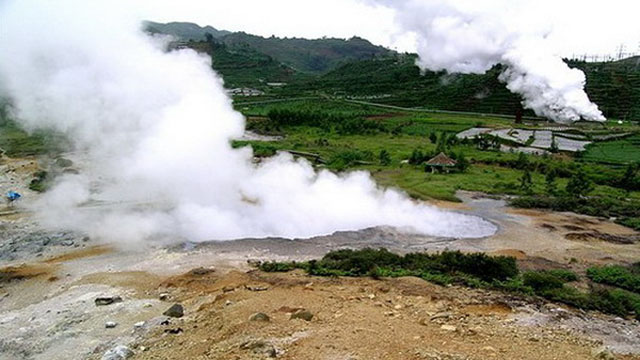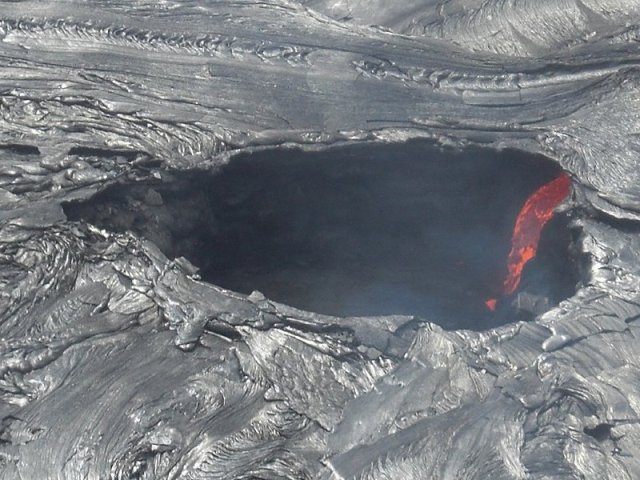Wednesday Whatzits: Auckland’s volcanic hazards, how to smell like Iceland, Kasatochi’s climate impact and new books
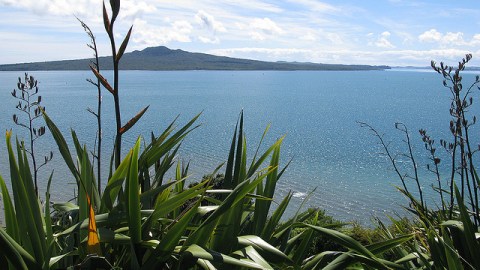
Bright sunny Wednesday here in Ohio made all the better upon hearing that the miners trapped in the Chilean mine have started to make their way – one by one – to the surface. It truly was an amazing feat of engineering to rescue these men.
Some news for today:
Volcanic hazards for Auckland: It seems like the airing of the NZ TV3 drama “Eruption” about a fictional eruption of the Auckland Volcanic Field under New Zealand’s largest city, there has been more news on the potential volcanic hazards that threaten it. A study run by GNS Science and the University of Auckland found 29 new ash layers under the city – all between 400 and 80,000 years old. There are currently 9 seismic instruments around Auckland to help detect the first signs of any new eruptive activity in the volcanic field.
Kasatochi, sea life and carbon dioxide I’ve only scratched the surface of the many articles I’ve seen about a recent study by Roberta Hamme and her colleagues that details the plankton bloom related to the 2008 Kasatochi eruption in Alaska. The long-and-short of the study in Geophysical Research Letters was that the ash from the Kasatochi eruption (iron rich) helped trigged a plankton bloom in the ocean’s of the Pacific. The researchers monitoring how this bloom of photosynthetic life – which takes in carbon dioxide – would change worldwide CO2 levels. This is because one proposed method to sequester CO2 out of the atmosphere is to artificially produce their planktonic blooms and let the plankton absorb the carbon dioxide. However, Hamme found that even with the amount of material released by the volcanic eruption – far more than human’s could seed right now – that the plankton made very little dent in global atmospheric CO2. Well, looks like its back to the “ice cube in the ocean every now and then” plan.
Eau d’ Eyjafjallajökull: Nothing says “romantic evening” than the right perfume and what could be, um, more right than a perfume based on a eruption that closed the skies of Europe. I mean, you could think of yourself as Helen of Troy, but instead you have the odor that grounded a thousand planes. OK, well, that doesn’t sound too flattering, does it? Anyway, a company in Iceland is now marketing a perfume – called EFJ Eyjafjallajökull – made from glacier water from Eyjafjallajökull and it even comes with a piece of the volcano as a memento. Remember folks, Christmas is around the corner!
New Books: Finally, I happened to be browsing around the books on Amazon (mostly the volcano and baseball books) and found two potential gems that come out in early 2011. The first is the third edition of “Volcanoes of the World” by Lee Siebert, Tom Simkin and Paul Kimberly. This is the first new edition of the book in over 15 years and will have over 500 pages of volcanic information for us to devour. The second is for all of you interested at looking at igneous rocks in the field – it is called “The Field Description of Igneous Rocks” (shocking) and it is by Dougal Jerram and Nick Petford (two well known igneous petrologists) – and based on the description, sounds like a great place to start if you want to be able to read and interpret igneous rocks in the field.
Top left: Rangitoto Island in the Auckland Volcanic Field.
